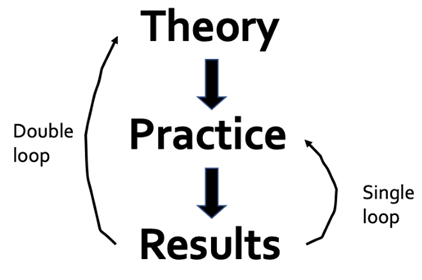Posted by Colin Weatherby 950 words

The subtitle of this book says it all – ‘A Practical Guide to Solving Complex Problems, Avoiding Unintended Consequences, and Achieving Lasting Results’. Every so often you pick up a book and it provides answers to problems that you and thousands of others grapple with every day. This is one of those books. David Stroh co-founded ‘Innovation Associates’ with Peter Senge, who later wrote the management classic ‘The Fifth Discipline’. Both are proponents of systems thinking. The premise of this book is that ‘applying systems thinking principles and tools enables you to achieve better results with fewer resources in more lasting ways’. Wow.
Stroh uses detailed, real-world examples to make his case. His ‘systems stories’ explain how people can improve performance by shifting from just trying to optimise their part of the system, to improving the relationships between all parts of the system. The systems stories start with seeing the big picture.
It is often the case in local government that people focus mainly on their functional responsibilities and either fail to see connections to the work of others, or they are not interested. Life is simpler when achievable goals can be set and complexity is overlooked. Putting the effort in to understanding the whole system is seldom rewarded. Local government is epitomised by sayings like ‘keep it simple’, ‘look for quick wins’, and ‘pick the low hanging fruit’.
In contrast, Stroh uses the ancient Indian story of the blind men and the elephant to illustrate the importance of the big picture. Continue reading →






